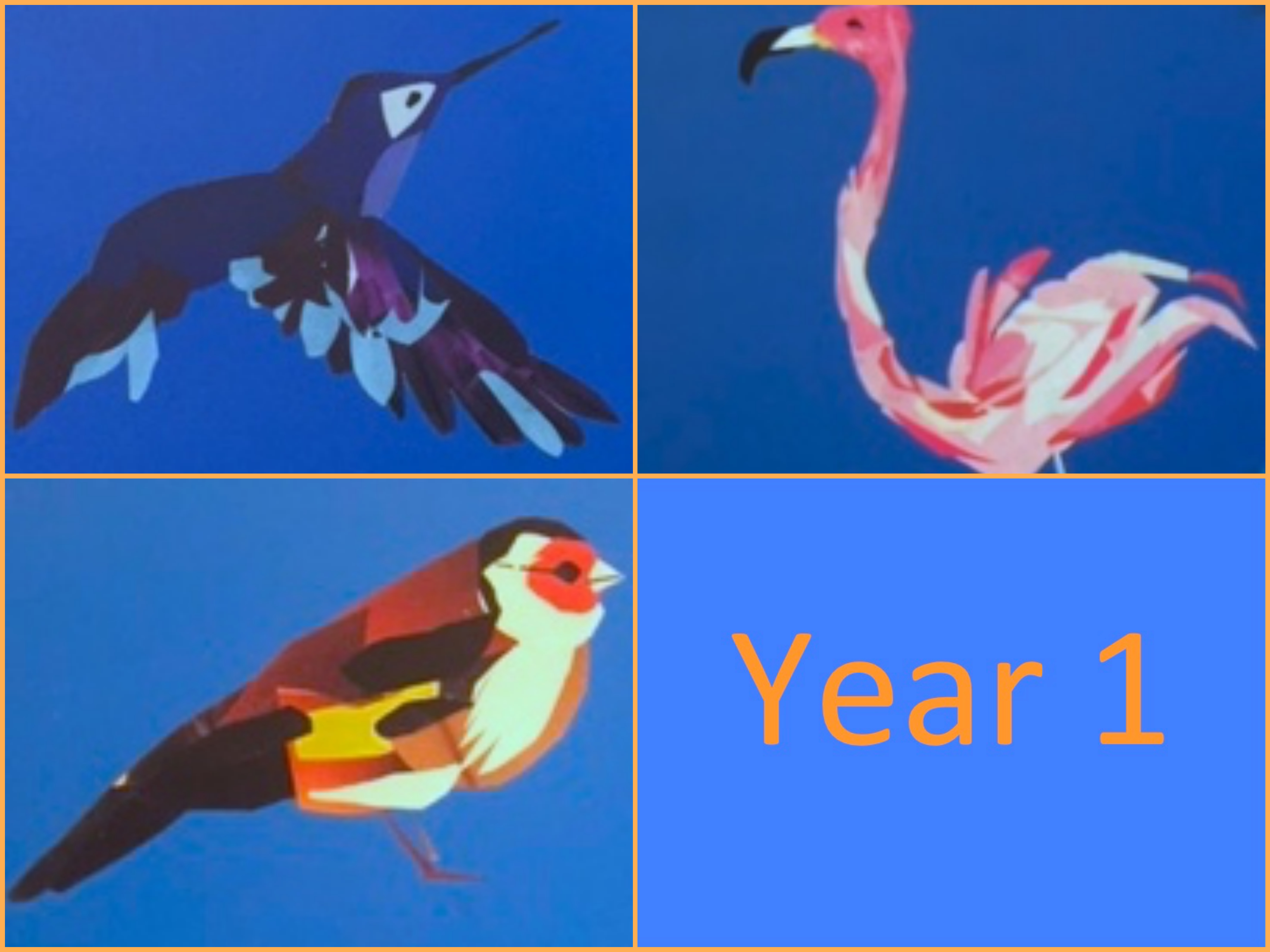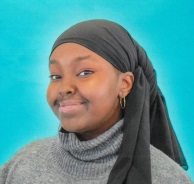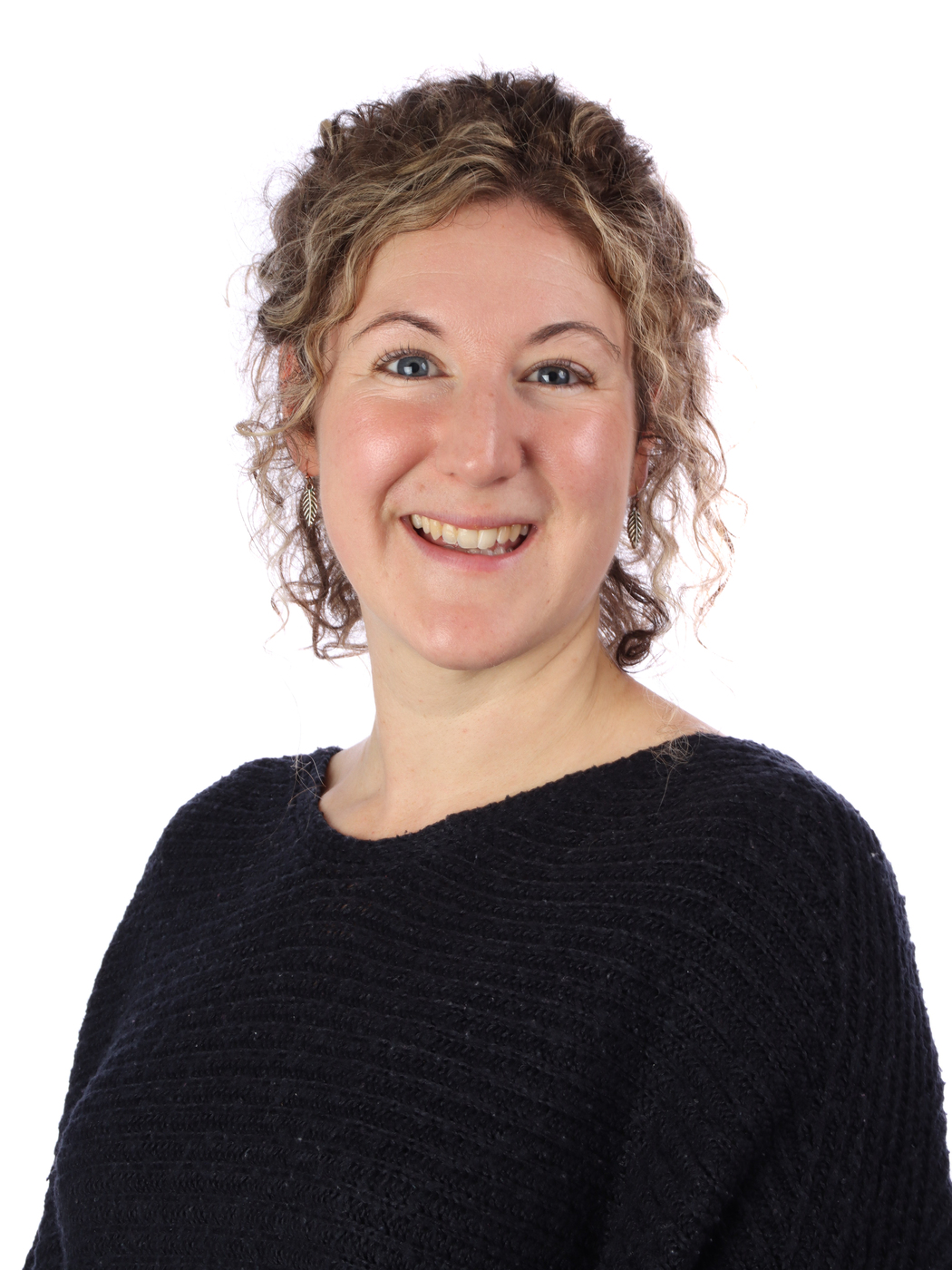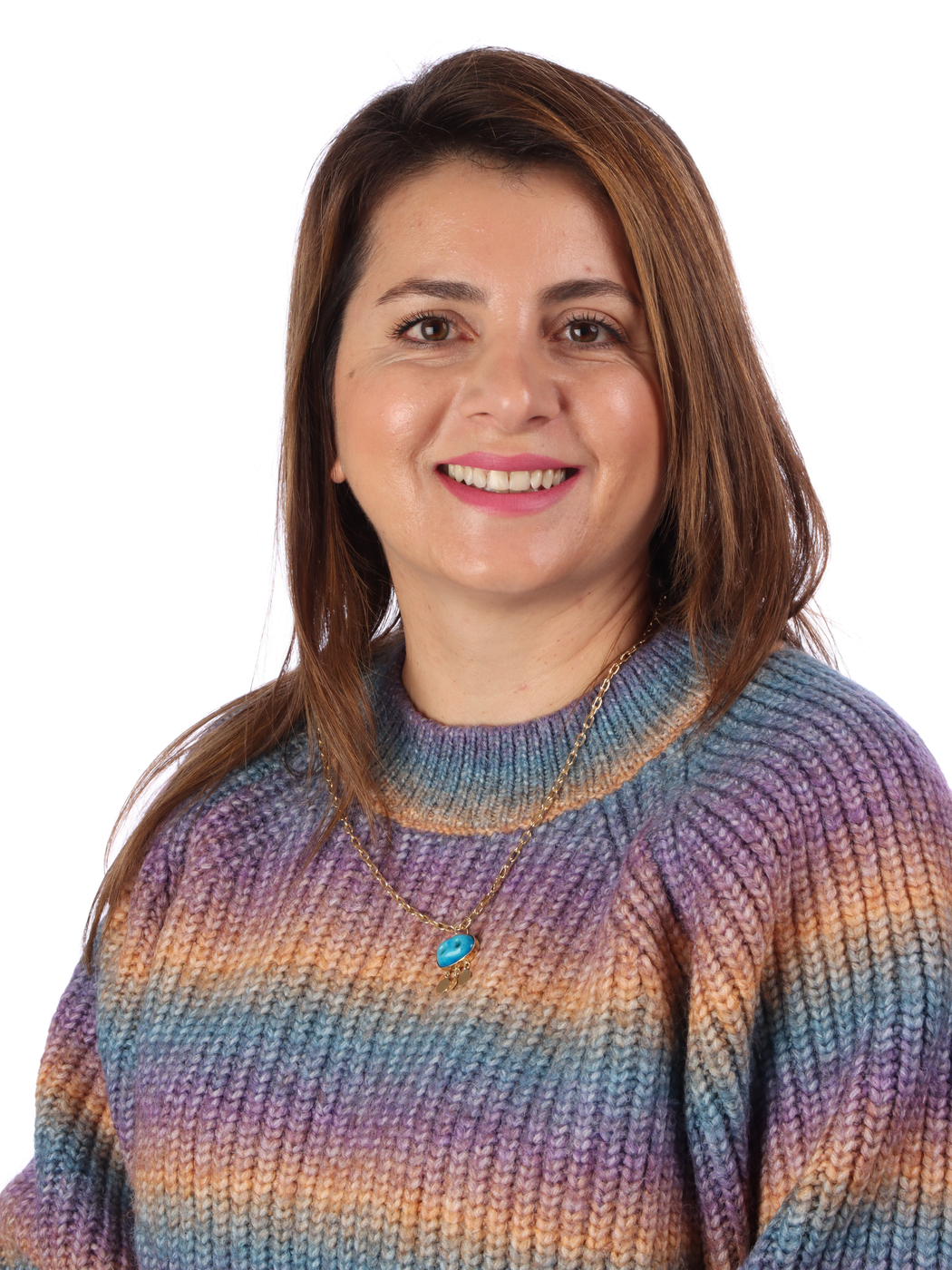Year 1

Miss Roberts
Year Team Leader - Flamingo Class


Ms Doust
Goldfinch Class Teacher

Ms Kadir
Hummingbird Class Teacher

Ms Sancaktaroglu
Teaching Assistant
Ms Karali
Teaching Assistant

Ms Gabrielson
Teaching Assistant

Ms Danisi
Teaching Assistant


Ms Alakija
Teaching Assistant
WHAT IS MY CHILD LEARNING?
Autumn Term Curriculum 2024
Maths Key Skills
Number – number and place value
Pupils should be taught to:
- count to and across 100, forwards and backwards, beginning with 0 or 1, or from any given number;
- count, read and write numbers to 100 in numerals; count in multiples of twos, fives and tens;
- given a number, identify one more and one less;
- identify and represent numbers using objects and pictorial representations including the number line, and use the language of: equal to, more than, less than (fewer), most, least;
- read and write numbers from 1 to 20 in numerals and words.
Number – addition and subtraction
Pupils should be taught to:
- read, write and interpret mathematical statements involving addition (+), subtraction (–) and equals (=) signs;
- represent and use number bonds and related subtraction facts within 20;
- add and subtract one-digit and two-digit numbers to 20, including zero;
- solve one-step problems that involve addition and subtraction, using concrete; objects and pictorial representations, and missing number problems such as 7 = [ ] – 9.
Number – multiplication and division
Pupils should be taught to:
- solve one-step problems involving multiplication and division, by calculating the answer using concrete objects, pictorial representations and arrays with the support of the teacher.
Number – fractions
Pupils should be taught to:
- recognise, find and name a half as one of two equal parts of an object, shape or Quantity;
- recognise, find and name a quarter as one of four equal parts of an object, shape or quantity.
Measurement
Pupils should be taught to:
- compare, describe and solve practical problems for: lengths and heights [for example, long/short, longer/shorter, tall/short, double/half];
- mass/weight [for example, heavy/light, heavier than, lighter than];
- capacity and volume [for example, full/empty, more than, less than, half, half full, quarter];
- time [for example, quicker, slower, earlier, later];
- measure and begin to record the following: lengths and heights; mass/weight; capacity and volume; time (hours, minutes, seconds);
- recognise and know the value of different denominations of coins and notes;
- sequence events in chronological order using language [for example, before and after, next, first, today, yesterday, tomorrow, morning, afternoon and evening];
- recognise and use language relating to dates, including days of the week, weeks, months and years;
- tell the time to the hour and half past the hour and draw the hands on a clock face to show these times.
Geometry – properties of shapes
Pupils should be taught to:
- recognise and name common 2-D and 3-D shapes, including:
- 2-D shapes [for example, rectangles (including squares), circles and triangles]
- 3-D shapes [for example, cuboids (including cubes), pyramids and spheres].
Geometry – position and direction
Pupils should be taught to:
-
- describe position, direction and movement, including whole, half, quarter and three quarter turns.
Games and activities you can do at home to help your child learn to read
Games to help children read the words
Pairs
You need 2 sets of word cards. Pick out the word cards that your child already knows for the first few times you play the game so that they enjoy it and succeed. Then, gradually take out some of the word cards they know and replace them with a number of words they don’t know. Place the 2 sets of word cards you have chosen face down. Turn one card over and say the word, turn another card over and say the word. If they match and you have made a pair you can keep the pair and you have another go. If they did not match it is the next person’s turn. Keep going until all the words have been paired.
Snap
You need 2 sets of word cards. Each person has a pile of cards they keep face down. Each person turns a card over in turn and says the word they turn over. If they match you have to shout the word (and not snap). The first person to shout the word that matches is the winner of the cards on the table. Keep going until all the cards have been won.
Silly sentence
Use one set of word cards. Spread the word cards out face down. Pick 3 cards and turn them face up, say the words as they are turned up. Now try and make up a silly sentence that includes all 3 words on the cards.
Shout out loud
Use one set of word cards. Spread the word cards out face down. Take it in turns to turn over one card at a time. The first person to shout the word out loud wins the card. Keep going until all the cards have been won. You can play this with silly voices. Before you turn over a card you have to decide what sort of voice you have to use to say the word e.g. whisper the word, say it like a gorilla, roar it like a lion, squeak it like a mouse.
Hunt the words
Use one set of word cards. Hide a number of them around a room (your child must not look). The child has to find the cards and bring them back to you saying the words they find as they find them.
Stepping stones
Use one set of word cards. Spread a number of cards over the floor. Ask your children to jump from one word to another as if they are jumping from stepping stone to stepping stone. As they jump they have to say what word they are going to jump to next. Make sure they say the word before they jump!
Slap the word
Use one set of word cards. Spread a number of cards out on a table or the floor. Ask someone to say one of the words. Whoever is first to slap the word with their hand (or the back of a spoon) wins the word.
I’m thinking of a word
Use one set of word cards. Spread a number of cards out. You pick a word but don’t tell your child which word you are thinking of. Say “I’m thinking of a word, the word begins with…..” The child has to guess what the word might be from the ones spread out. If they guess correctly, they can keep the card. If they can’t guess, then give them another clue “I’m thinking of a word that has ……sounds” or “…. ends with….” or “…. has the word ant in it.” Keep giving clues until they guess the word.
Flash card activities
Select a few words from the word cards. Go through each card together first. If it is a word that can be sounded, then show them how to do this. If it is a word that can’t be sounded easily tell them the word if they don’t know and help them think of ways to remember it e.g. there is a hen in when ‘cluck, cluck’. Look for word within words like the word ‘ant’ in the word ‘want’ draw some little legs on the ant part to help your child remember. Then use them as flash cards. Hold up the word, if your child can read it they take the card. If they can’t put it to the back of the pile so they can come back to it at the end. If at the end they still can’t get it tell them the word. Remind them of the things you talked about to help them remember the word when you started the activity. With words children are becoming more familiar with set them a speed challenge. How quickly can they say all the words as you show them each card in turn. Remember to muddle up the words regularly so that they don’t just remember the sequence of words you are showing them. Use the flash cards in the same way but choose silly voices for each word.
Games to help children write the words
Some useful steps in learning to spell words
- Select a number of cards (not too many at a time). Say the word out loud
- If the word can be split into its sounds, say the word in a ‘robot voice’
- Look at the word trace over the letters with your finger
- Copy the word and say the letters or sounds as you write it. Copy it again.
- Cover the word and try and write the word saying it as you write – peep if you need to!
- Check the word you have written matches the word on the card and say it again as you check.
- Keep writing the word until you can write it without having to peep.
- For words that are tricky and that it is not as easy to learn take an imaginary picture of the word with your imaginary camera – imagine the word is big, coloured red, lit up by fireworks, has spiders crawling on it. Shut your eyes and try and picture the word. Try and write it down imagining the picture of the word you see in your head.
Snap
Play the game in the same way that you would to help your child read the words but this time have a large piece of paper and a pen in the middle of the table. When the words match rather than saying the word to win the cards you have to grab the pen and write the word to win the cards.
Pairs
Play the game in the same way that you would to help your child read the words but this time have a large piece of paper and a pen in the middle of the table. If you find a pair you can only keep the pair if you can write the word. Give time to look at the word and talk through ways to remember it and then write the word to keep the pair. If they/you get it wrong (and sometimes it is a good idea if you get it wrong – they love correcting, you) give another chance making sure you help as much as you can as they are trying to remember the word and as they write.
Silly sentence
Play the game in the same way that you would to help your child read the words but this time say the sentence and then you can write the silly sentence with gaps for the word card words which the child can fill in.
Hunt the word
Play the game in the same way that you would to help your child read the words but this time when they find a word they bring it to you, say the word and then write the word for you.
Spell-a–ma-doodle
Ask the child to draw a squiggle or doodle. Select a word that you are going to learn to spell. Write the word over and over again around the doodle.
Musical words
Ask the child to choose a favourite song. Give them a short list of words they are learning to spell. Spend some time looking at the words first and thinking of ways to remember how to spell them then put on the music. How many times can they write the list of words during the song? Can they improve on the number of times they have written the words the next day they do the same activity?
Minute words
This works in the same way as ‘Musical words’ but rather than a song the child has one minute to write one word as many times as they can.







